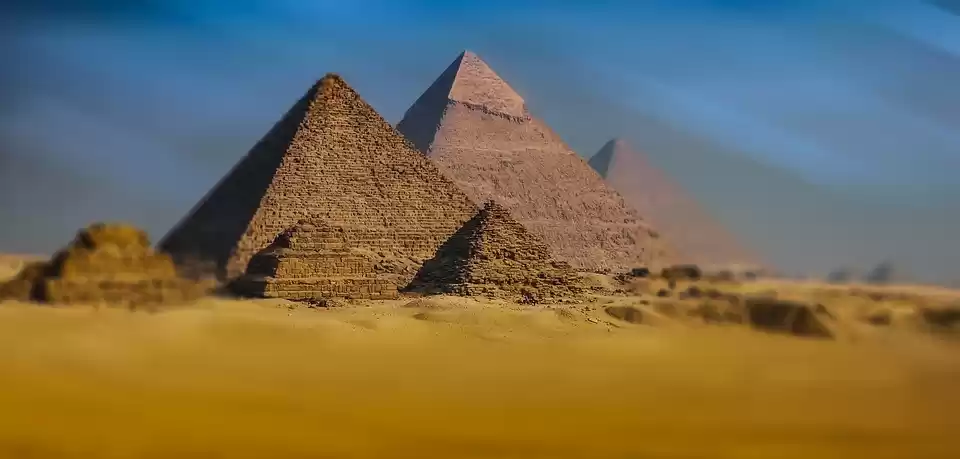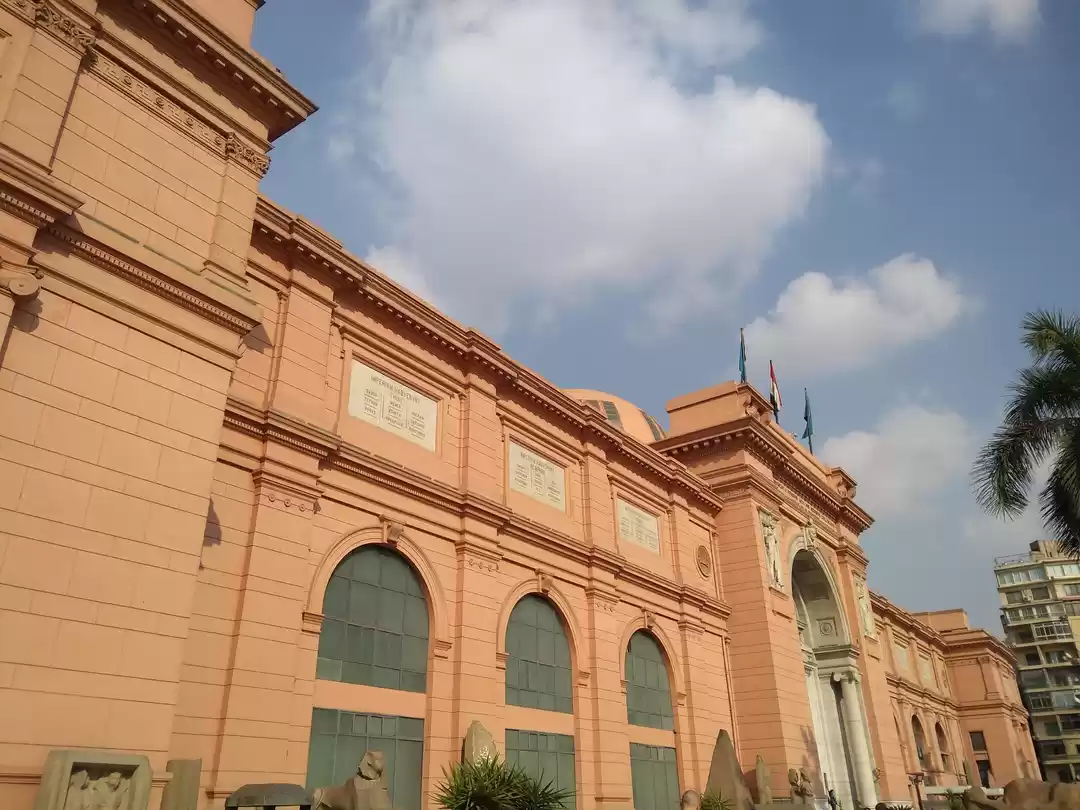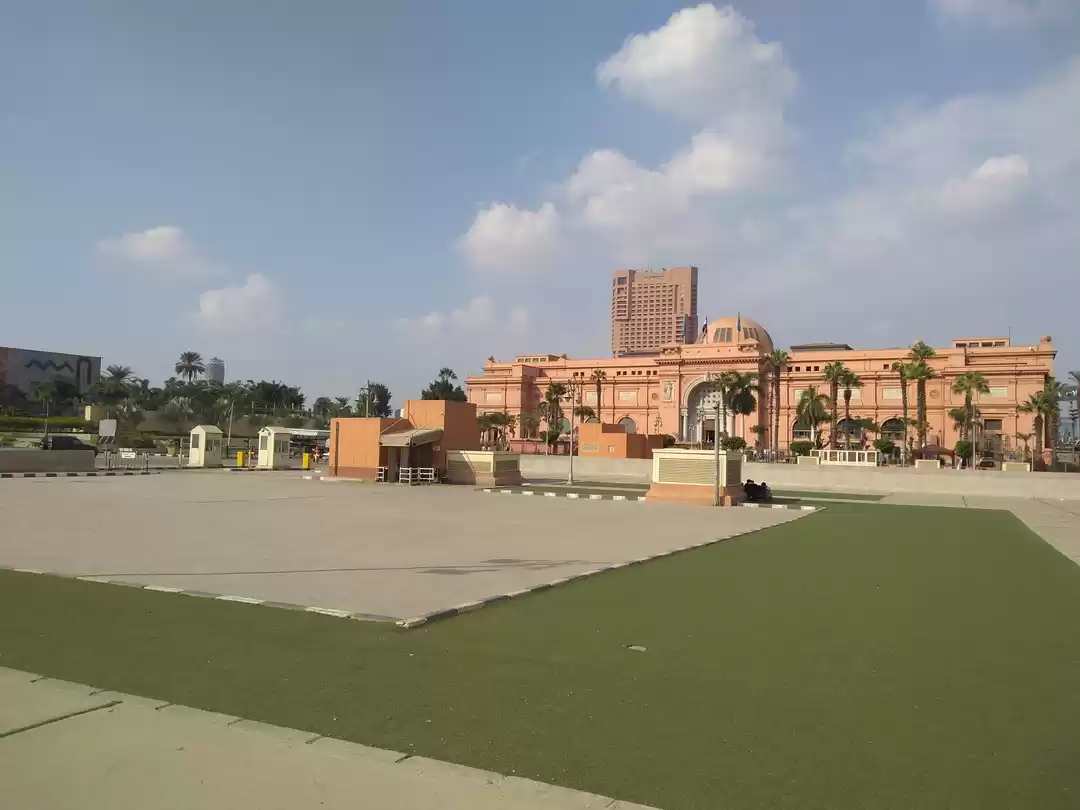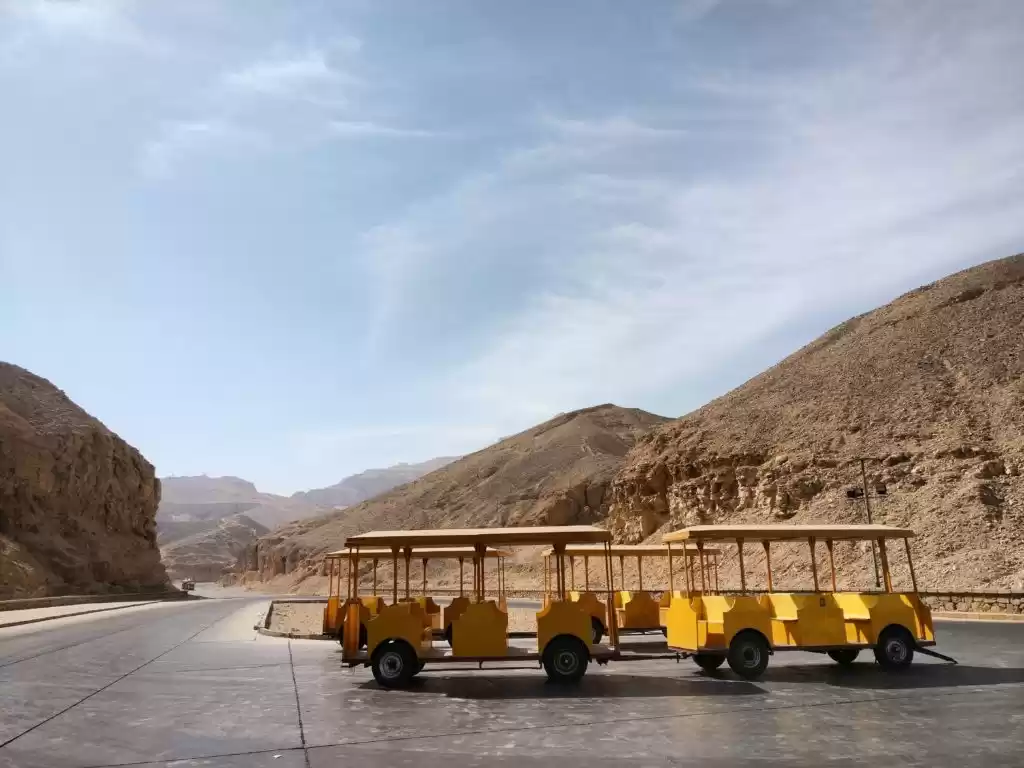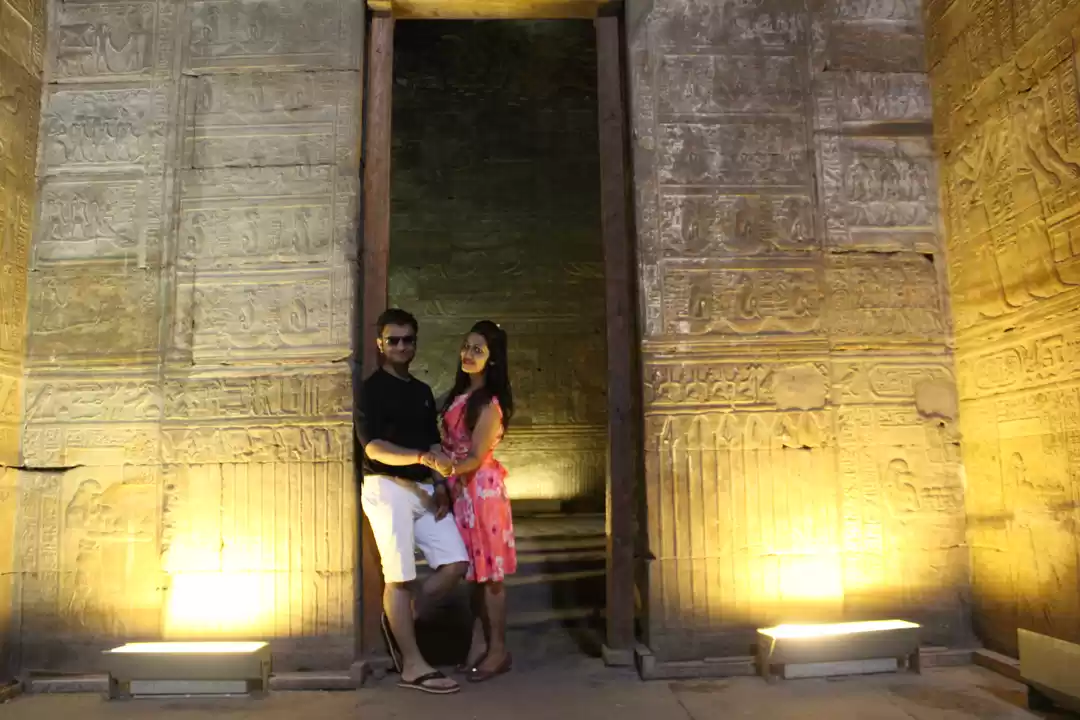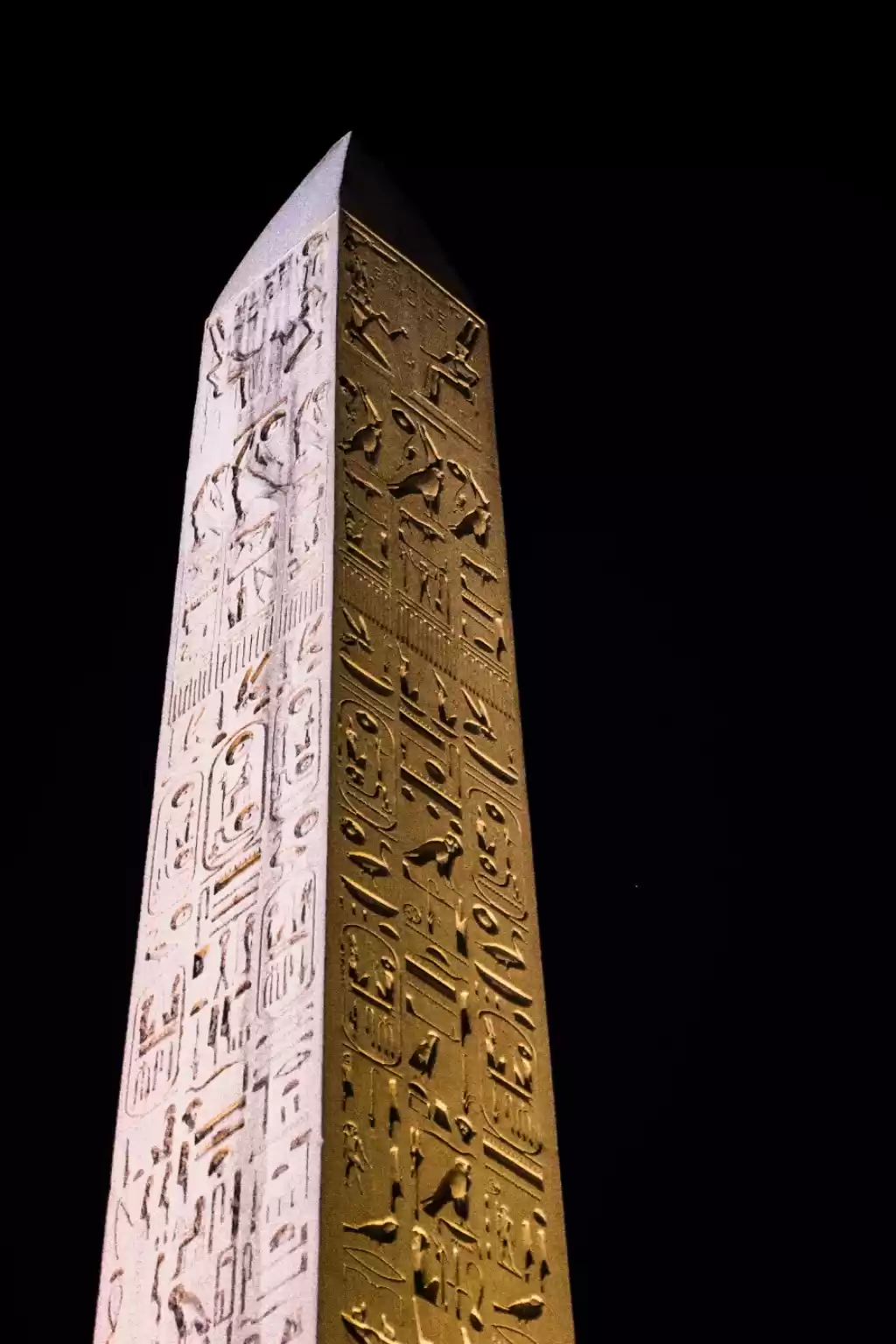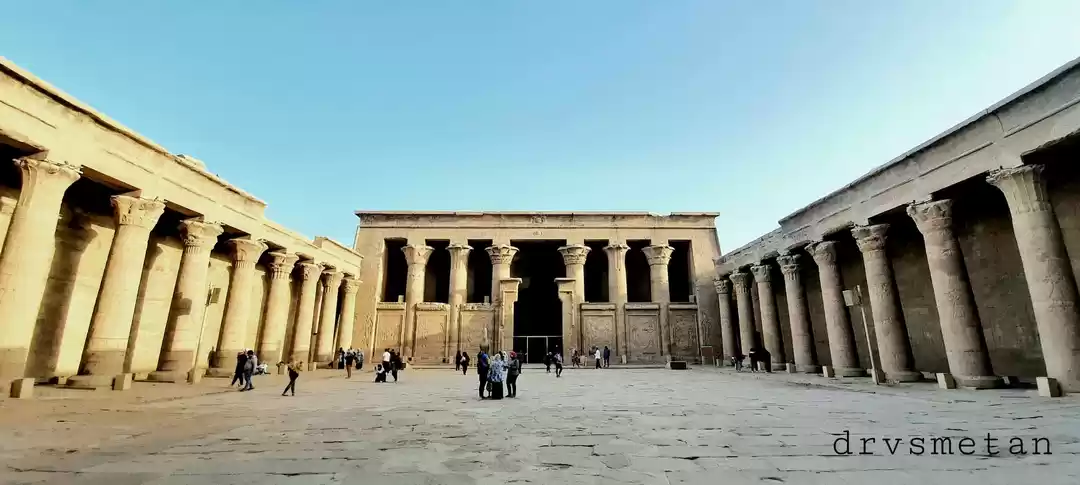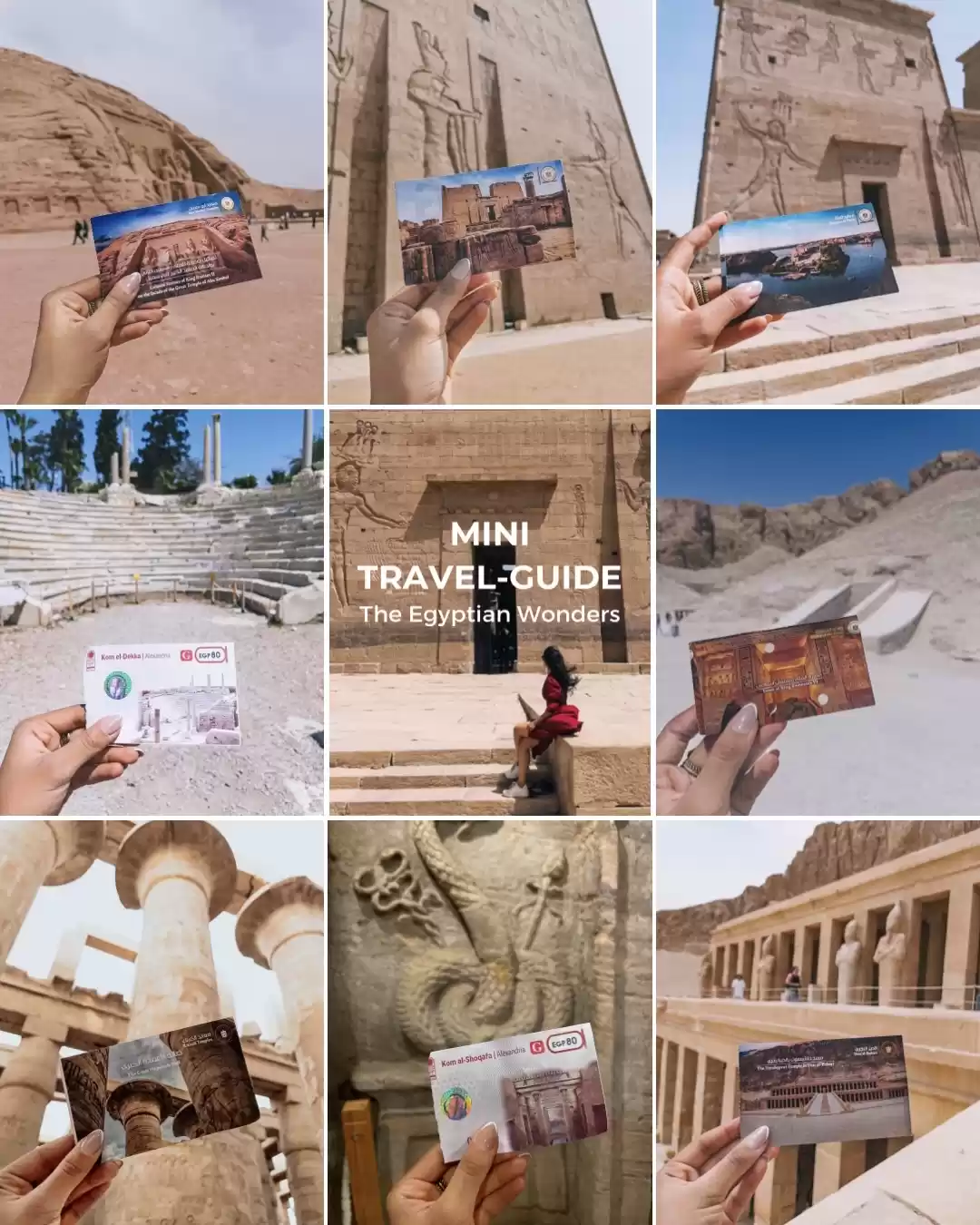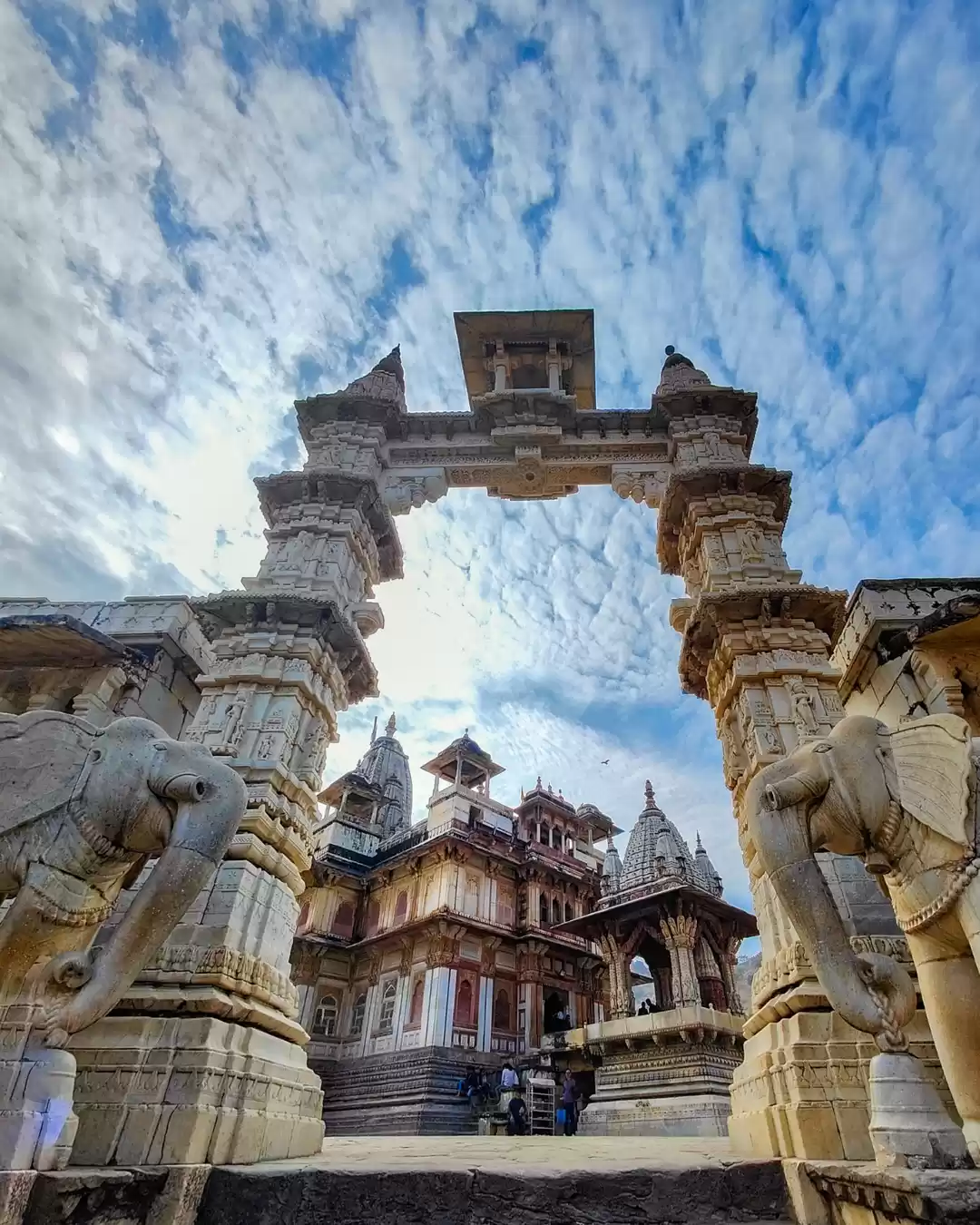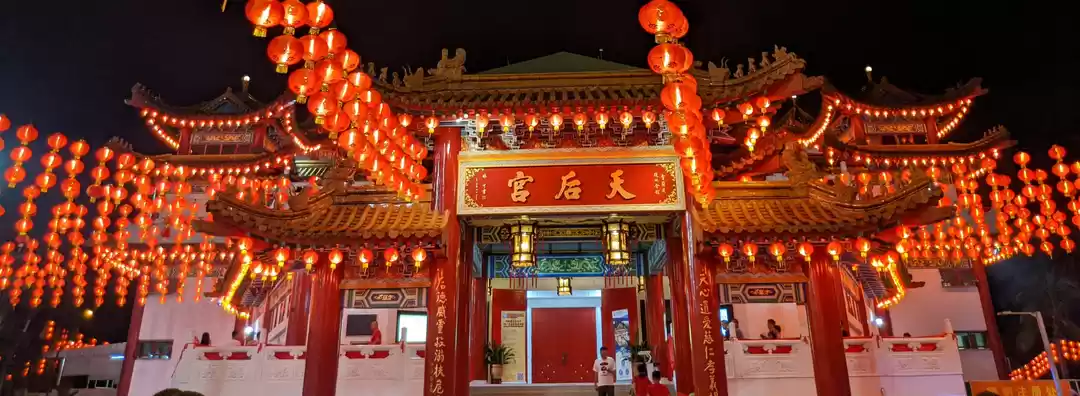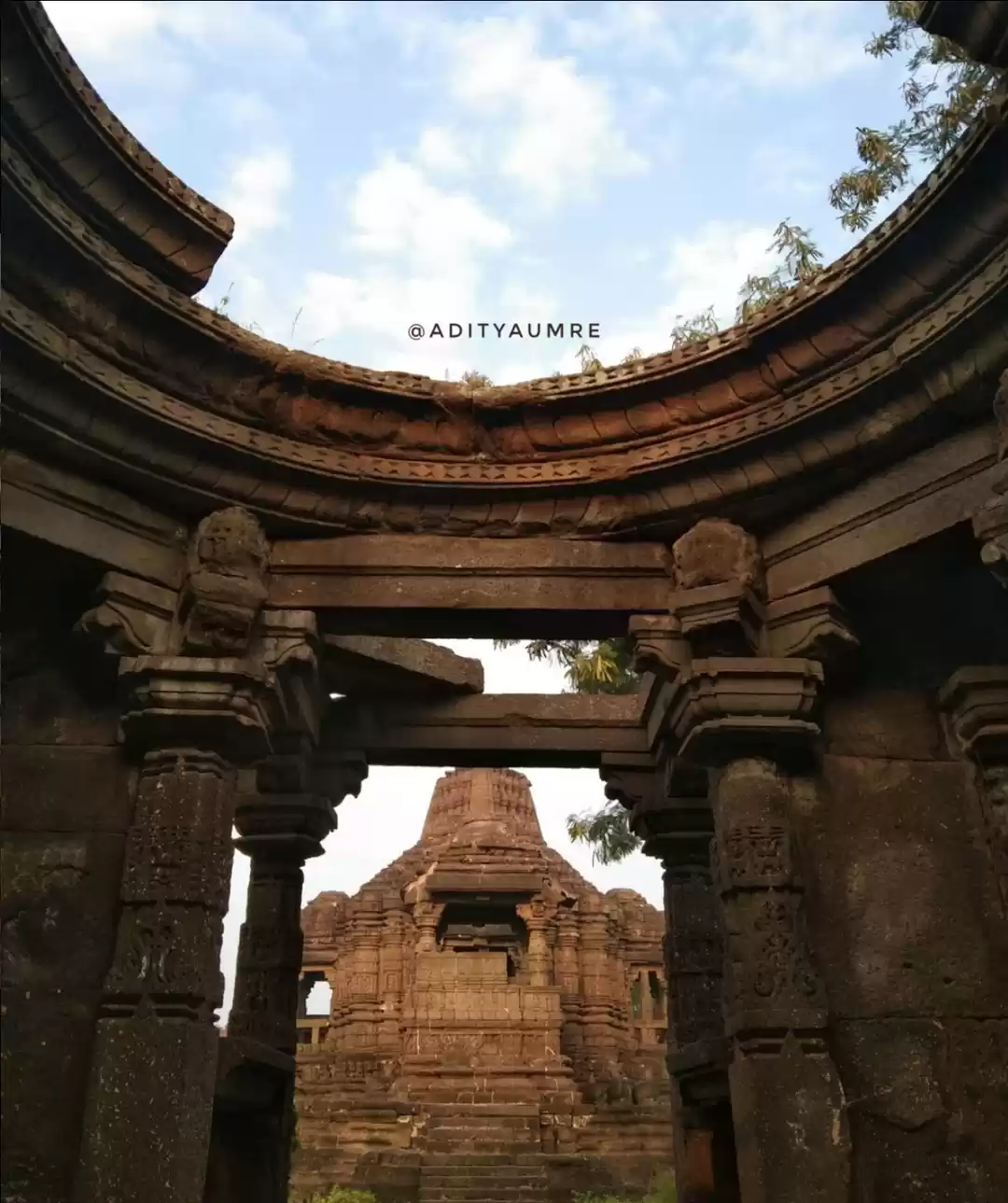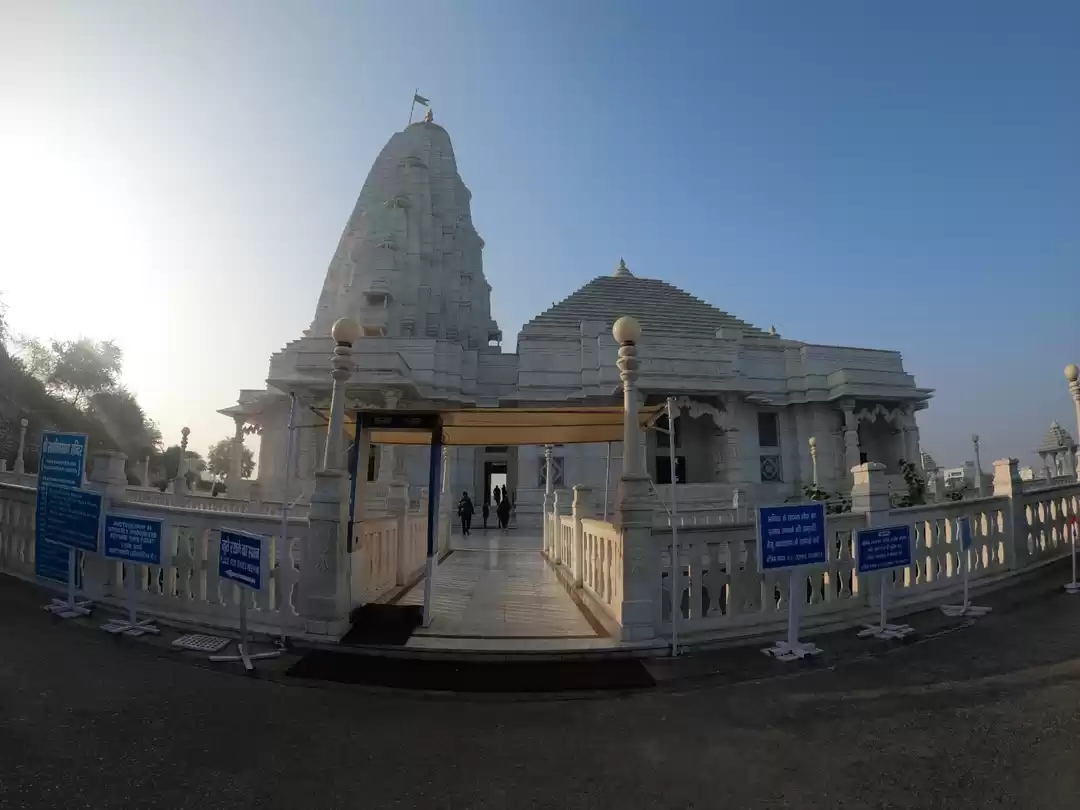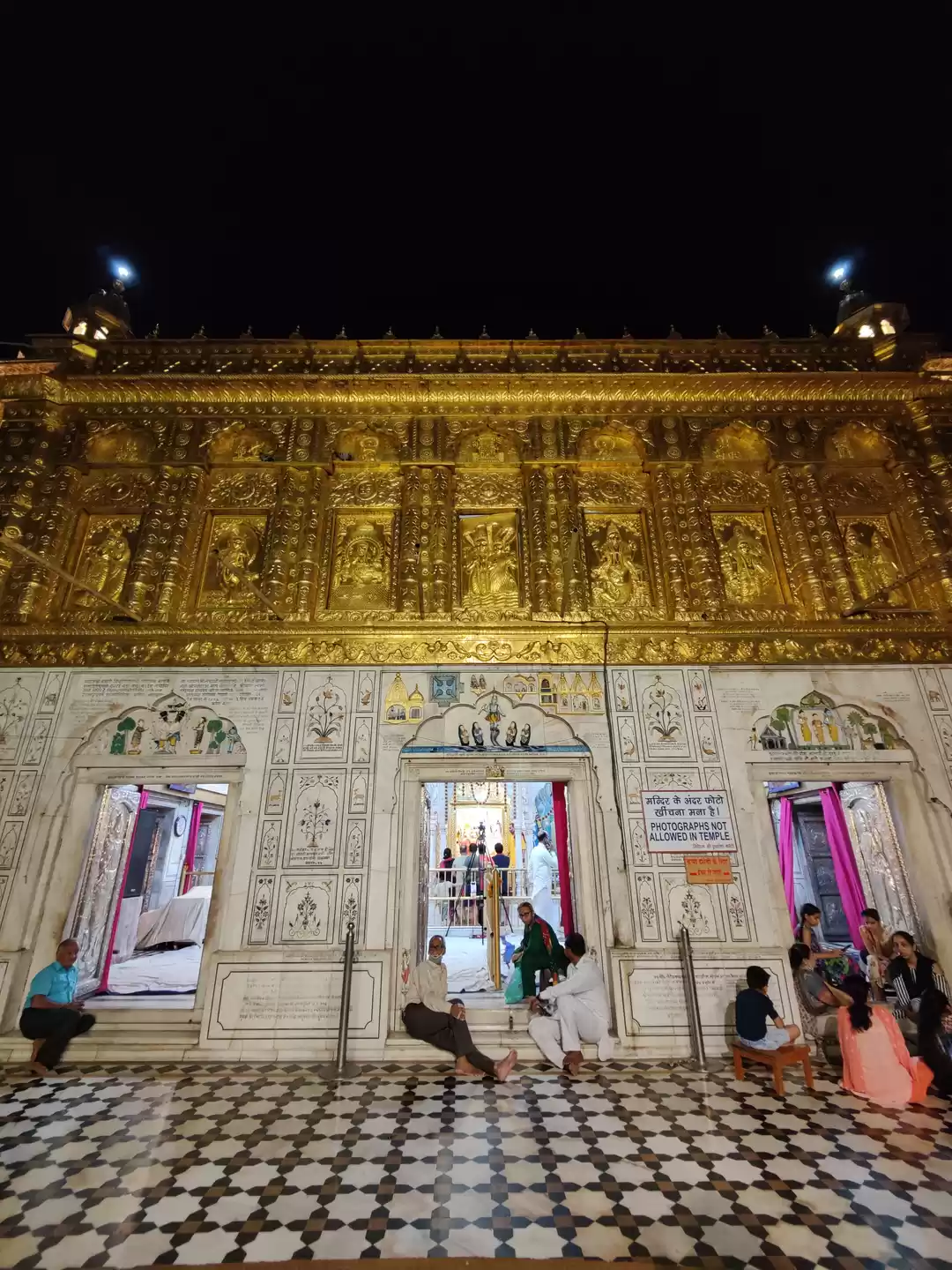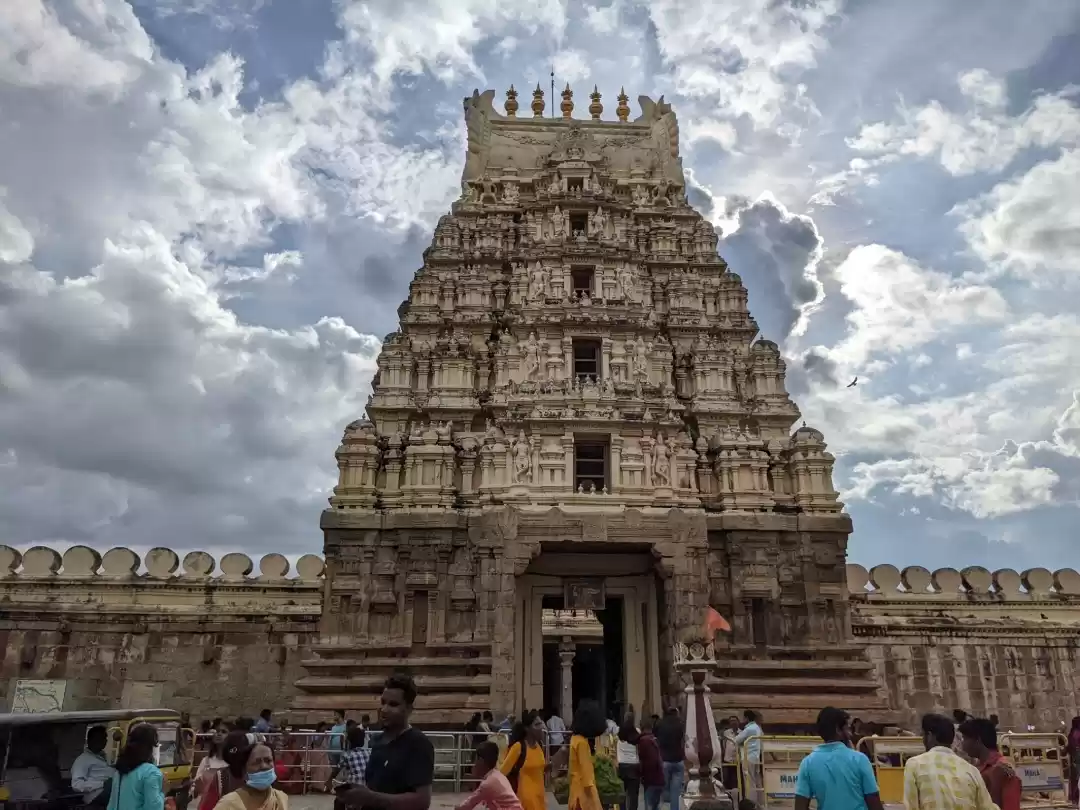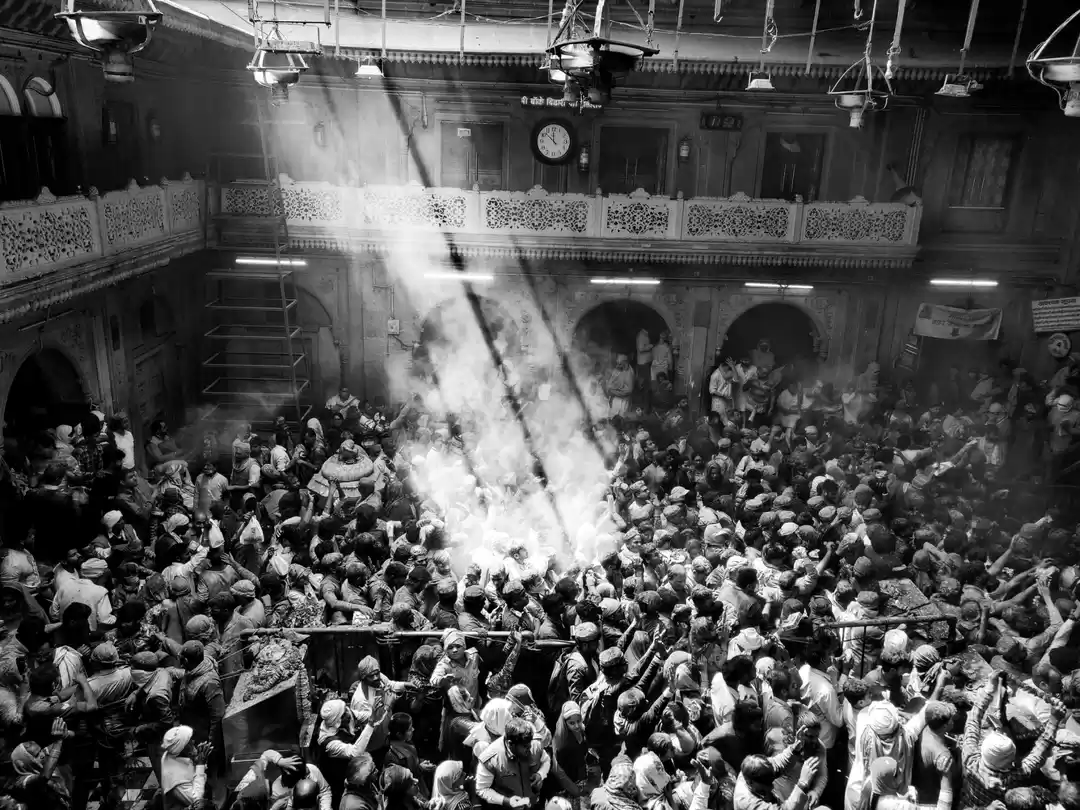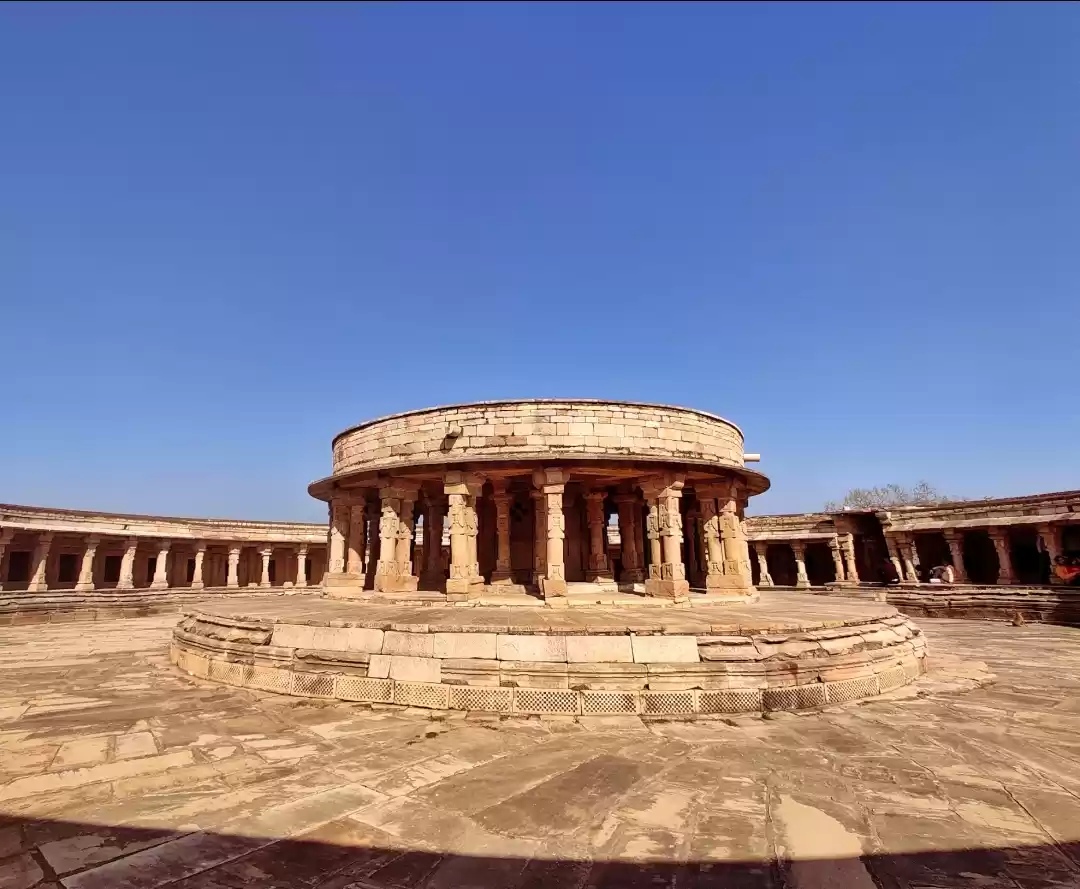Have you ever wondered what it would be like to walk in the footsteps of the ancient Egyptians? To marvel at the colossal structures and intricate carvings that they created thousands of years ago? To witness the legacy of one of the most powerful and mysterious civilizations in history?
If you are planning a trip to Egypt, you have a unique opportunity to do just that. Among the many awe-inspiring attractions that the country has to offer, there is one that stands out for its remarkable preservation, stunning beauty, and fascinating story: the Temple of Horus at Edfu.
The Temple of Horus at Edfu is one of the largest and best-preserved temples in Egypt. It is dedicated to Horus, the falcon-headed god of the sky, kingship, and protection. The temple was built during the Ptolemaic period, between the 3rd and 1st centuries BCE, and it is considered one of the finest examples of ancient Egyptian architecture and art.
In this article, we will provide you with a complete guide to exploring the Temple of Horus at Edfu. You will learn about its history, its layout, its points of interest, and how to visit it. You will also find some practical information and tips for your visit, as well as some suggestions for nearby attractions that you can combine with your temple tour.
Whether you are a history buff, an architecture enthusiast, or a curious traveler, you will find something to enjoy and appreciate at the Temple of Horus at Edfu. So, let's get started!
History of the Temple of Horus at Edfu
The Temple of Horus at Edfu was built over a span of 180 years, from 237 BCE to 57 BCE, by six Ptolemaic kings. The Ptolemies were a dynasty of Greek rulers who inherited Egypt after the death of Alexander the Great. They adopted the ancient Egyptian religion and culture, and they commissioned many temples and monuments to honor the local gods and goddesses.
The Temple of Horus at Edfu was one of the most important and prestigious projects of the Ptolemies. It was designed to be the center of the cult of Horus, who was revered as the patron god of the city of Edfu and the divine ancestor of the pharaohs. The temple was also a symbol of the Ptolemies' legitimacy and authority, as they claimed to be the successors of Horus on earth.
The temple was built on the site of an older temple that dated back to the Old Kingdom (around 2600 BCE). The older temple was dedicated to Horus and his consort Hathor, the goddess of love, joy, and fertility. The Ptolemies incorporated some of the elements of the older temple into their new construction, such as the Nilometer, a device that measured the level of the Nile river, and the mammisi, a small chapel that celebrated the birth of Horus.
The temple was in use until the 4th century CE, when the Roman emperor Theodosius I ordered the closure of all pagan temples in the empire. The temple was then abandoned and gradually buried under sand and debris. It was not until the 19th century that the temple was rediscovered and excavated by French archaeologists, who were amazed by its remarkable state of preservation.
Today, the Temple of Horus at Edfu is one of the most visited and admired sites in Egypt. It offers a rare glimpse into the ancient Egyptian religion and culture, as well as the Ptolemaic era. It is also a treasure trove of artistic and symbolic features, such as the reliefs, the inscriptions, the statues, and the colors that adorn the temple walls.
Architecture and Art of the Temple of Horus at Edfu
The Temple of Horus at Edfu is a masterpiece of ancient Egyptian architecture and art. It covers an area of about 40,000 square meters, and it consists of several structures and spaces that are arranged along a central axis. The temple follows a typical plan of the Ptolemaic period, which was influenced by the New Kingdom (around 1500 BCE) temples.

The main structures and spaces of the temple are:
The pylon:
The pylon is the massive gateway that marks the entrance to the temple. It is 37 meters high and 78 meters wide, and it is decorated with two towers that have cavities for flagpoles. The pylon is also adorned with colossal reliefs that depict the Ptolemaic kings smiting their enemies in front of Horus. The reliefs are accompanied by hieroglyphic inscriptions that narrate the events and praise the kings. The pylon also has two niches that once housed statues of Horus and Hathor.
The courtyard:
The courtyard is the first open space that you encounter after passing through the pylon. It is surrounded by 32 columns that support a roofed gallery. The courtyard was used for public ceremonies and festivals, such as the Feast of the Beautiful Meeting, which celebrated the union of Horus and Hathor. The courtyard also has a small chapel that was dedicated to the god of the Nile, Hapi, and a well that provided water for the temple.
The hypostyle hall:
The hypostyle hall is the second and largest hall of the temple. It is 36 meters long and 25 meters wide, and it has 12 columns that support a roof that is 18 meters high. The hypostyle hall was used for ritual and administrative purposes, such as the presentation of offerings and the recording of taxes. The hypostyle hall is also richly decorated with reliefs and inscriptions that depict various scenes and aspects of the cult of Horus, such as his mythological battles, his coronation, his festivals, and his priests.
The sanctuary:
The sanctuary is the most sacred and innermost part of the temple. It is a small chamber that houses the shrine of Horus, which is a wooden box that contains a granite statue of the god. The shrine is covered by a golden falcon that represents Horus. The sanctuary is also surrounded by several smaller chambers that store the sacred objects and equipment that were used for the daily rituals and ceremonies. The sanctuary is the climax of the temple, and it is where the divine presence of Horus was manifested and worshipped.
The Nilometer:
The Nilometer is a device that measures the level of the Nile river. It is located outside the temple, on the south side of the pylon. It consists of a staircase that leads to a deep well that is connected to the river. The Nilometer was used to predict the annual flooding of the Nile, which was essential for the agriculture and the economy of Egypt. The Nilometer was also used to determine the taxes and the offerings that were due to the temple and the king.
The mammisi:
The mammisi is a small chapel that celebrates the birth of Horus. It is located outside the temple, on the west side of the courtyard. It was built by the Roman emperor Trajan, who added it to the existing temple complex. The mammisi is decorated with reliefs and inscriptions that depict the divine conception, pregnancy, and delivery of Horus by his mother Isis. The mammisi was also used for the rituals and festivals that honored the divine child and his parents.
The temple walls:
The temple walls are the outermost part of the temple. They enclose the entire temple complex, and they are made of mud bricks. The temple walls are also covered with reliefs and inscriptions that record the history, the construction, the donations, and the decrees of the temple. The temple walls are a valuable source of information and documentation for the temple and the Ptolemaic period.
The Temple of Horus at Edfu is a stunning example of the ancient Egyptian architecture and art. It showcases the skill, the creativity, and the devotion of the builders and the artists who worked on it. It also reflects the culture, the religion, and the politics of the Ptolemaic period, which was a time of integration and adaptation between the Greek and the Egyptian traditions.
How to Visit the Temple of Horus at Edfu
If you are interested in visiting the Temple of Horus at Edfu, you will need some practical information and tips for your visit. Here are some of the most important things that you should know before you go:

Opening hours: The temple is open every day from 6 am to 5 pm. The best time to visit is early in the morning or late in the afternoon, when the temperature is cooler and the crowds are smaller.
Admission fee: The entrance fee to the temple is 140 Egyptian pounds (about 9 US dollars) for adults and 70 Egyptian pounds (about 4.5 US dollars) for students. You will need to show your passport or your student ID to buy your ticket. The ticket also includes access to the Nilometer and the mammisi.
Photography policy: You are allowed to take photos and videos inside the temple, but you will need to pay an extra fee of 300 Egyptian pounds (about 19 US dollars) for a camera or 50 Egyptian pounds (about 3 US dollars) for a mobile phone. You are not allowed to use flash or tripod, as they may damage the temple. You are also not allowed to take photos of the statue of Horus in the sanctuary, as it is considered sacred.
Security: The temple is generally safe and secure, but you should be aware of some potential issues. You may encounter some vendors or touts who will try to sell you souvenirs or services, such as horse carriage rides or guided tours. You should politely decline their offers and avoid any confrontation. You should also keep an eye on your belongings and avoid leaving them unattended, as there may be some pickpockets or thieves around the temple.
Dress code: The temple is a religious and cultural site, so you should dress modestly and respectfully. You should cover your shoulders and knees, and avoid wearing any revealing or offensive clothing. You should also wear comfortable shoes, as the temple grounds are uneven and sandy. You may also want to bring a hat, sunglasses, and sunscreen, as the temple can get very hot and sunny during the day.
Local guides: The temple has some official guides who can provide you with information and explanations about the temple. They are usually wearing a badge or a uniform, and they charge a fixed fee of 100 Egyptian pounds (about 6.5 US dollars) for a tour. You can also hire a private guide who can offer you a more personalized and flexible tour. You can find them outside the temple or through your hotel or travel agency. You should agree on the price and the duration of the tour before you start, and you should tip them at the end of the tour.
The Temple of Horus at Edfu is a must-see attraction for anyone who visits Egypt. It is a magnificent and impressive site that will take you back in time and immerse you in the ancient Egyptian culture and religion. It is also a great opportunity to learn more about the Ptolemaic period, which was a unique and influential era in the history of Egypt.
Nearby Attractions to the Temple of Horus at Edfu
If you want to make the most of your visit to the Temple of Horus at Edfu, you can also explore some of the nearby attractions that are worth seeing. Here are some of the best options that you can combine with your temple tour:

The Temple of Kom Ombo:
The Temple of Kom Ombo is another Ptolemaic temple that is located about 45 kilometers north of Edfu. It is a unique and unusual temple, as it is dedicated to two gods: Sobek, the crocodile-headed god of fertility and water, and Haroeris, a form of Horus, the falcon-headed god of the sky and kingship. The temple is divided into two symmetrical halves, each with its own entrance, courtyard, hypostyle hall, sanctuary, and chapel. The temple is also famous for its crocodile museum, which displays some of the mummified crocodiles that were found in the temple.

The Temple of Esna:
The Temple of Esna is another Ptolemaic temple that is located about 60 kilometers south of Edfu. It is dedicated to Khnum, the ram-headed god of creation and the source of the Nile. The temple is much smaller and simpler than the Temple of Horus at Edfu, but it is still worth a visit for its beautiful and well-preserved hypostyle hall, which has 24 columns that are decorated with floral and palm motifs. The temple also has some interesting and rare reliefs and inscriptions, such as the zodiac signs, the calendar, and the names of the Ptolemaic queens.
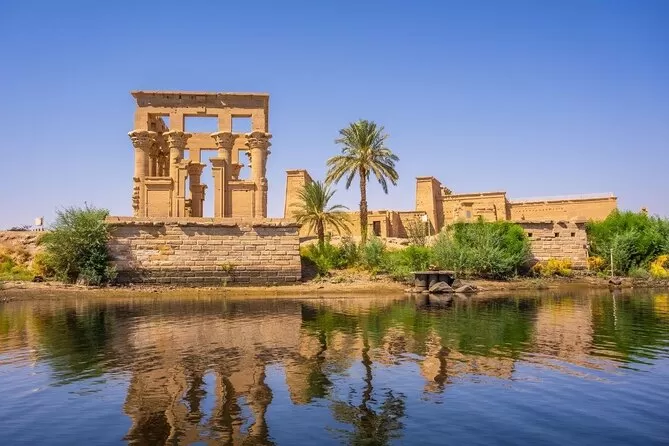
The Temple of Philae:
The Temple of Philae is one of the most romantic and scenic temples in Egypt. It is located on an island in the Nile, about 140 kilometers south of Edfu. It is dedicated to Isis, the goddess of magic, healing, and motherhood. The temple was built during the Ptolemaic and Roman periods, and it is considered one of the last bastions of the ancient Egyptian religion, as it remained active until the 6th century CE. The temple is also a remarkable example of engineering and preservation, as it was relocated from its original location, which was flooded by the construction of the Aswan High Dam, to its current location, which was a massive and complex project that took 10 years to complete.
The Temple of Horus at Edfu is not only a stunning and impressive site, but also a great base for exploring some of the other amazing attractions that Egypt has to offer.
You can easily combine your temple visit with some of the other temples that are nearby, and enjoy a diverse and enriching experience that will make your trip unforgettable.


